Strong gusts of wind force double gates to blow shut or open repeatedly, causing a loud clanking noise that may loosen the hinges or destroy the doors altogether. To counter these challenges, exploring innovative double-gate ideas and design solutions can safeguard your entrances against the elements.
To avoid gates from blowing shut, you can windproof double gates by installing a latch, enclosing the ground with a pipe, attaching brackets, and placing a cane bolt to lock the gates. If your open field, backyard, or garden is frequently exposed to natural elements, reinforce the stability of gates using fences.
Before implementing precautionary ideas to stop doors from slamming, reduce the friction between the double gates by ensuring the distance is not more than half an inch. You can also use a gate stopper or replace the latch to prevent it from rattling.
However, if the brackets do not work for your double gates or swinging doors, install a drop rod secure hinges and latches for additional security.
Reinforce Double Gates Using Brackets
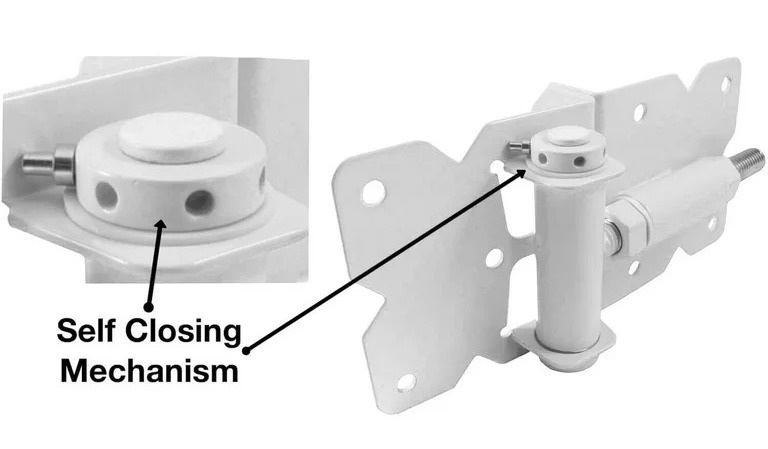
A strong gust of wind is a natural occurrence, causing the double gates to be forced shut. Some automatic gates also make a lot of noise and wear out. At times, insects and rodents block the door sensors, obstructing its automated functioning. You can also face problems with gates that suffer power outages, issues due to faulty remote control batteries, and debris that block gate tracks. Therefore, you will need to switch to manual mode or repair and replace parts for optimal functioning of double gates.
To prevent gates from blowing during high wind conditions, remove planks except at the edges and leave some space in between for air to pass through, ensuring the wind does not push the door. You can also use extra screws to secure the arrangement or go through the following steps and use brackets:
- Hammer a pipe: Open the door and mark a spot above the gate edge. Fix a pipe into the ground and check if the door can slide smoothly without any interference.
- Installing the lower bracket: Once the pipe is secured, use a nail, screwdriver, and drill to make pilot holes. Then, tighten the bracket holes and gate at the lower side.
- Use a cane bolt: Take measurements to check where the top bracket can be placed. Hold the gate and mark the top bracket placement using a cane bolt. Ensure you use the correct size and position, or the gate will not close correctly.
- Place the upper bracket: Remove the cane bolt and place the upper bracket in the marked position. Like the lower lever, fasten the top one and the door through the pilot holes and attach them securely.
- Test the system: Finally, place the cane bolt through both brackets to check if the gates open and close without hassle. Try this set of steps that are affordable and foolproof. Despite high winds, the gates will not blow shut.
Securing Double Gates
In addition to wind-blowing shut gates, cross-brace sides prevent sagging that may further damage gates. You also need to pay attention to any rattling noise and prevent it by ensuring all screws are tightly secured. If there is a minor creaking noise, you can use any lubricant. However, if the noise is loud and disturbing, you can also use foam tape to muffle sounds and install a door stopper to ensure the gate does not blow shut when not in use.
For windproofing double gates and securing them further, use the following practical steps to create safe access to your premises:
- Replace standard hinges with self-closing turning pivots. Use a power drill or screwdriver to attach the gate. For maximum security, you can also replace an old rusty latch with a new one.
- Use a mallet and chisel or a hammer drill to prepare the paver. Make a hole to ensure the vinyl fence fits compactly. Ensure that you do not crack the paver in half and that it is too loose so that it does not come out accidentally.
- A drop rod is used to stabilize the gate and increase its longevity. Position the rod and press it into the ground so that when it is lifted, the gate can be opened seamlessly. You may need a few tries to determine the correct position and prevent the gate from swinging. You can also pack rocks around the drop stop or next to the paver for additional stability.
- Install fencing that will allow wind to blow through without shutting the double gates or use semi-solid slatted panels that offer appropriate airy friction. You can also use Venetian insets that offer varying degrees of wind resistance. Depending on your privacy settings, you can opt for large shields or shorter fences for demarcating different zones.
Final Thoughts
To prevent double gates from blowing shut and rattling frequently, tighten loose screws to avoid sagging and use foam-like products to minimize noise. If your gate swings in a closed position, use drop rods to secure its position and prevent kids or pets from pushing through the bottom.
To further secure the bottom part of the gate, use a weatherproofing rubber piece and attach wire bits to a metallic gate or industrial essentials for a wooden door. For taller barriers, use iron bars that extend to the entire length of the gate.
Meanwhile, driveway entrances with two-part hinges can be secured with an additional lock, or wider gates can be aligned with cross braces. In addition to a stopper, entrance doors can be reinforced with a deadbolt strike plate, horizontal security bar, and plate lock.

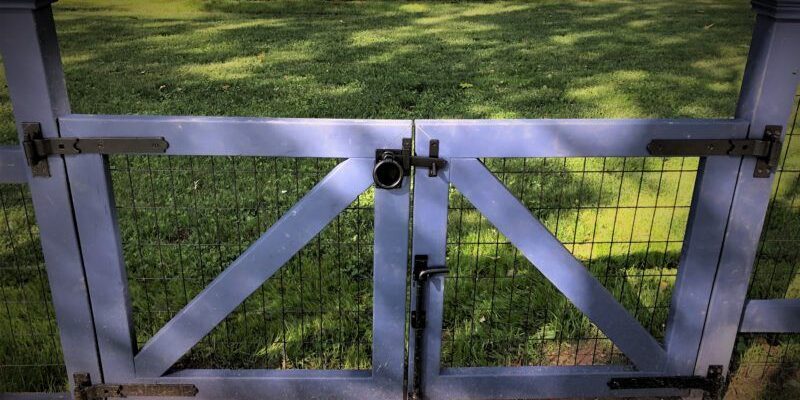
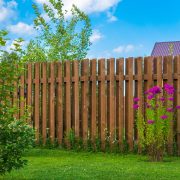

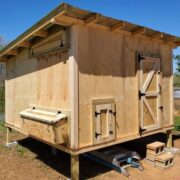
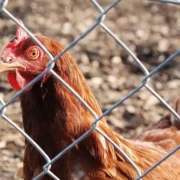
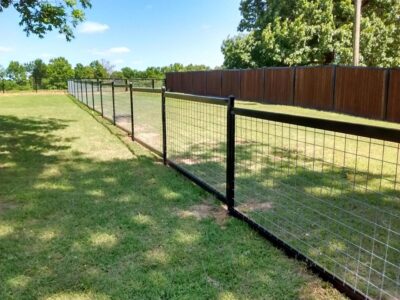

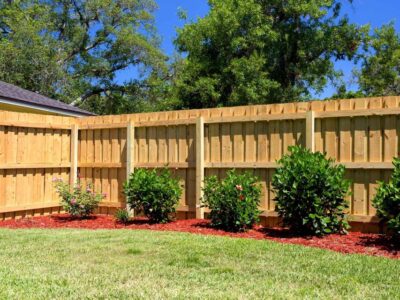
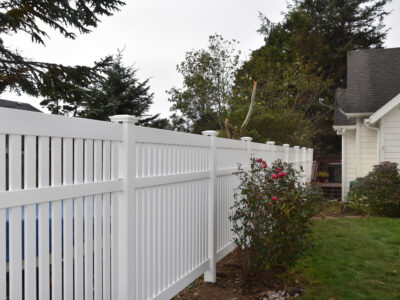




Comments